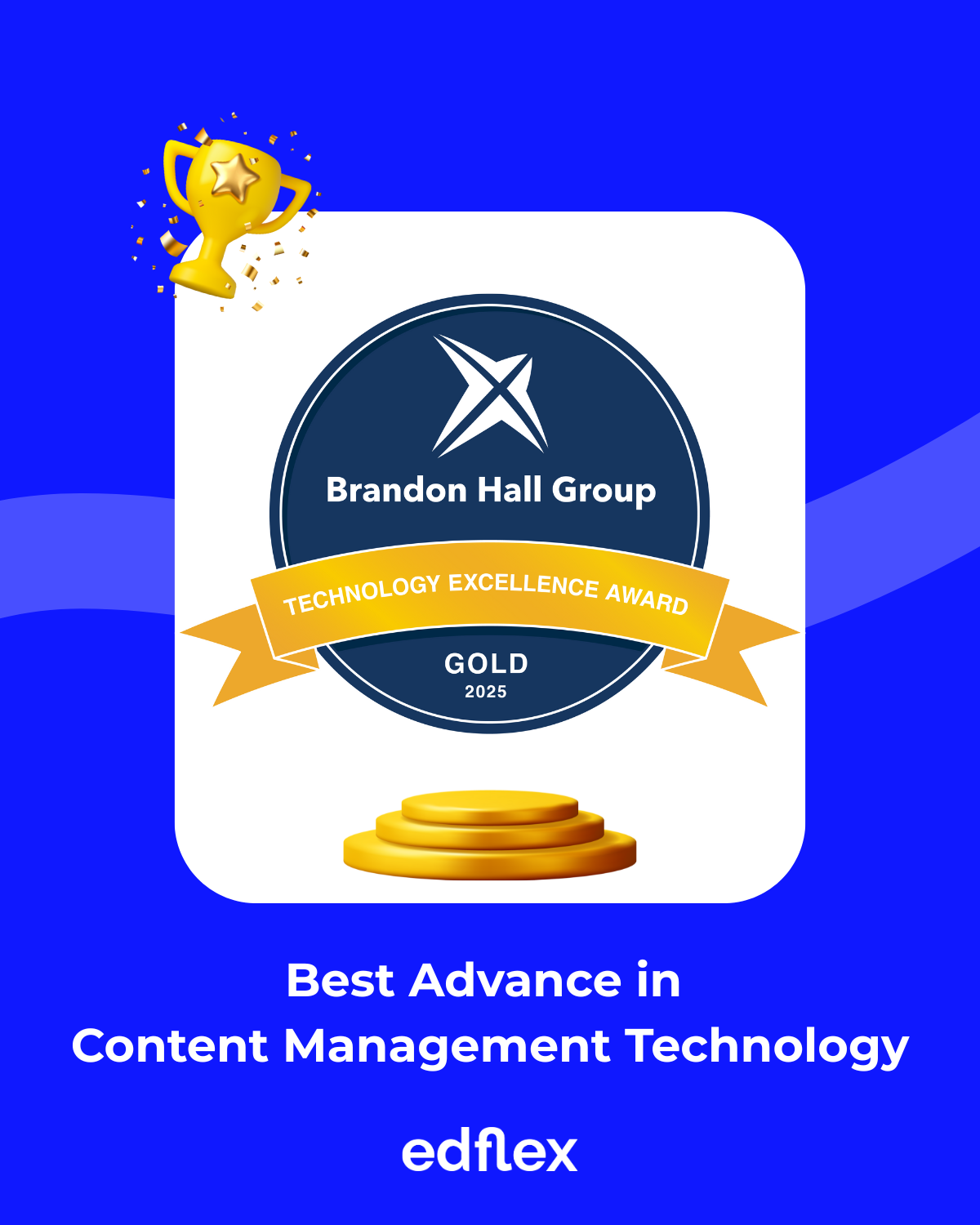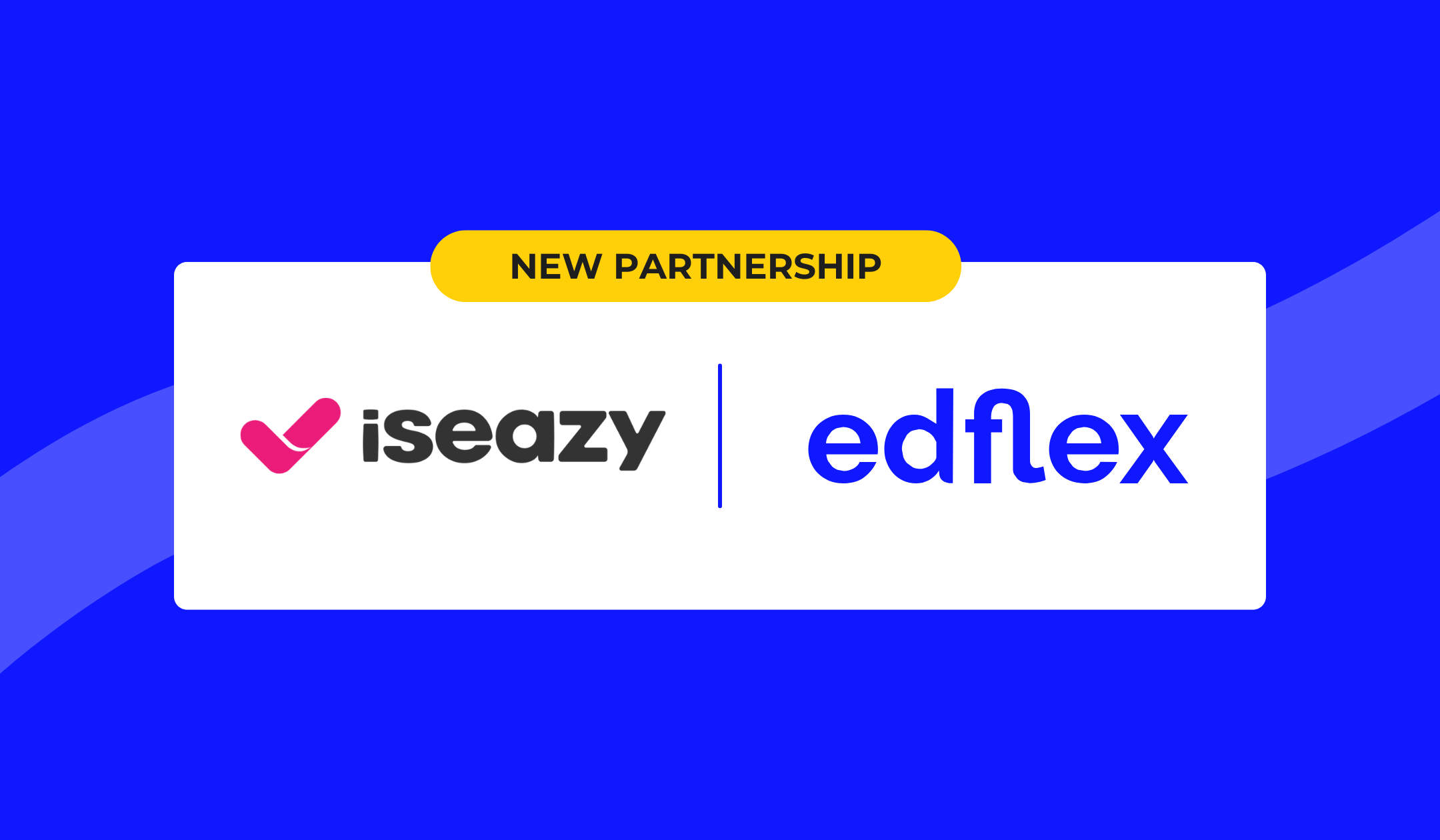Today’s workplace is experiencing significant disruption at a pace arguably not seen since the start of the Industrial Revolution. Demographic change, digital transformation, and the Great Attrition all combine to make it difficult or even foolhardy to predict what specific jobs will be available in the next 10 or 20 years.
A recent Gartner study found that one out of three skills listed in a typical IT, finance, or sales job advertisement in 2017 were outdated by 2021. The Harvard Business Review warns that “many students are currently being prepared for jobs that no longer exist and many don’t have the right skills for the job they want. Skills gaps are prevalent and widening.”
Innovative learning & development initiatives are crucial to ensuring that agile companies can flexibly respond to and shape the workplace rather than react defensively and ineffectively. Higher education continues to grapple with problems ranging from sclerotic bureaucracies to declining enrollment. Companies will need to assume more responsibility for ensuring that employees have the skills necessary to thrive and developing a culture of continuous learning that helps staff members become lifelong learners.
Recent research drawn from the fields of curriculum design and pedagogy provides exciting ideas for L&D to adapt as they recalibrate for the future of work. Personalized learning, adaptive learning, and self-directed learning are powerful tools for designing curated learning content that is relevant, accessible, and empowering for employees.
Here are seven key insights for chief learning officers and corporate trainers who want to harness innovation and generate a return on investment through smart L&D.
1. From One-Size-Fits-All to Individualized Learning
Education in the twentieth century prioritized memorization, large cohort groups, and a standardized curriculum. This model was fit-for-purpose in an industrialized society wherein job categories and skills were stable and a large portion of the labor force worked in the manufacturing sector.
In an era of rapid automation, however, the one-size-fits-all model is giving way to a pedagogical focus on individualization. Digital technologies make personalized learning more accessible and manageable, while new research on neurodiversity and education suggests that responsive learning tools and environments can help all students thrive.
2. Fostering Learner Engagement
As jobs—and their attendant skills—change rapidly, learning how to learn becomes more important than memorizing a fixed set of knowledge. Recent pedagogical models developed in the education field provide useful tools not only for schools, but for companies who want to nurture the next generation of talent and provide upskilling opportunities for those currently employed.
Personalized learning empowers students to actively engage with and take ownership of their education. It encourages them to reflect on what and how they learn and uses the power of digital data to steer students along the most effective learning pathways. By embracing the theory of self-directed learning, personalized learning incorporates many of the insights first developed by Professor Jennifer Haynes in the 1990s. Personalized learning also draws from adaptive learning models in its emphasis on interactive and technology-based pedagogy.

3. Learning in the Flow of Work
One specific and highly promising tool for sustaining a culture of continuous learning in an organization is learning in the flow of work (LIFOW). Originally developed by Josh Bersin, LIFOW breaks down the traditional separation between education and work. Traditional L&D often required employees to go off-site or dedicate chunks of time to formal training opportunities.
LIFOW dissolves the artificial distinction between learning and work. Employee access to just-in-time learning opportunities and curated/personalized modules decreases the opportunity costs of reskilling and upskilling. It enables workers to find the content they need in real time. Not only does this approach empower employees, but it also reinforces the value of self-directed and continuous learning. LIFOW is a powerful tool in the post-pandemic era, wherein the boundaries between work and life are being reconfigured as hybrid workplaces become more common.
Here are seven key insights for chief learning officers and corporate trainers who want to harness innovation and generate a return on investment through smart L&D.
4. Employee Engagement
The above-mentioned learning models emphasize the needs and interests of the individual student. The student ideally becomes a co-pilot in steering their learning pathway rather than a passive recipient of predetermined content and outputs.
These insights and digital tools readily translate to the corporate training environment. Most workers in the Baby Boomer or Gen-X cohort likely remember dense training manuals the size of bricks as well as one-off, day-long training sessions that usually produced more frustration than enlightenment.
Today’s workers are highly motivated to take responsibility for learning new skills and partnering with their employers to ensure continuous upskilling. Indeed, a recent Gartner study shows that fully 97 percent of employees surveyed would welcome the opportunity to learn new skills. However, only 39 percent of the respondents felt that their companies helped them understand the link between skill development and their specific workplace context.
Clearly, there is an opening for learning & development to integrate digital technology and personalized learning. Innovative approaches to L&D will not only provide the content needed for skill development but also help employees understand how these new skills enhance career development and satisfaction.
5. Challenges to Workplace Learning
Today, learning in the workplace faces multiple interlocking challenges. Though we’ve entered the post-pandemic era, the impact of COVID-19 continues to disrupt sectors ranging from manufacturing to higher education. Companies and employees in many industries needed to rapidly adjust to hybrid or virtual work, and some businesses had to endure massive layoffs and restructuring to survive.
Yet the pandemic also empowered employees in unprecedented ways. Many workers—particularly in creative or service industries—found that the traditional 9-to-5 workplace no longer served their aspirations. These individuals continue to look for ways to reinvent work. The concept of work-life balance has also taken on new salience as workers recalibrate how a job fits within the overall framework of a happy and healthy life.
The long-term implications of these shifts remain unknown. Indeed, the recent upheaval in the tech industry suggests that tension between the old and new ways of working will be continuously renegotiated. Nonetheless, it is highly likely that companies will continue to assume more responsibility for employee satisfaction through meaningful learning opportunities. Per the Harvard Business Review, “organizations are struggling to find a way to keep up with changing skills, but they can't rely solely on hiring strategies to meet their needs. Instead, organizations must find or develop the skills they need within their existing workforces.”

6. Integration with Formal Learning
Universities tend to be risk-averse and move slowly. Given that the mission of a traditional college is to transmit the accumulated knowledge of a given culture, a reluctance to shift with the prevailing winds can be beneficial. At its best, this approach serves to insulate universities and the pursuit of knowledge from the day-to-day ructions of politics and business.
However, in today’s rapidly changing world, in which automation and robotics undercut the very notion of predictable job skills or categories, universities can become an impediment to the hiring of workers who are well-suited to the demands of the modern economy. Research from ManpowerGroup strongly suggests that universities usually find themselves playing “catch-up” in terms of inculcating skills. The time lag between perceiving demand for a new skill and developing a suitable course or program often makes these initiatives moribund on arrival.
This does not mean that colleges are relics. Rather, it is necessary for universities, companies, and communities to engage in rigorous conversations about the future of work and collaborate to create relevant learning opportunities. Soft skills such as critical thinking, cultural competence, and flexibility are prized in today’s workforce, and higher education remains an excellent means to develop them. Neither universities nor companies need to reinvent the wheel. Instead, aligning formal education with innovative corporate L&D initiatives is likely to generate strategic and flexible, rather than reactive, pathways for students and employees.
7. Learning & Development and the Bottom Line
Demonstrating the value of L&D to the corporate bottom line can be challenging. Qualitative measures abound but hard, quantitative data is difficult to gather and assess in a way that is convincing to senior managers.
In addition to promoting a culture of continuous learning, L&D must also expand the metrics by which corporate training’s benefits are measured. Lori Niles-Hoffman, senior edtech transformation strategist at NilesNolen, argues that agile companies will “make sure your learning is aligned with business skills. Rather than looking at hours of learning and course-completion rates, instead focus on identifying what skills are lacking in your organization.”
A skills-based focus, embedded within a corporate culture that encourages employees to see themselves as lifelong students within the flow of work, is more appropriate to today’s work environment than simply ticking course completion boxes. The global talent war means that strategic companies cannot focus only on talent acquisition and onboarding. Providing clear career development pathways and opportunities to upskill are key to retaining talent while mitigating burnout and quiet quitting.

Conclusion
None of us can predict the future, and there is no crystal ball waiting to pinpoint the precise skills that will be needed five, 10, or 30 years from now. However, the key trend is clear. Skills, not degrees, are the currency of the future of work.
Agile companies need to foster L&D innovation, partner with formal learning institutions, and support employees to become lifelong learners by leveraging SaaS platforms to deliver curated and personalized content. Reskilling and upskilling should become business as usual and core elements of corporate employee development strategies. As LinkedIn CEO Ryan Roslansky reminds us, “even if you aren’t changing your job, your job is most likely changing on you.”
About Edflex Edflex provides customers with qualified curated learning content that is continuously evaluated, updated, and refreshed. Our customers benefit from 7 Learning Domains, 30 Subdomains, 7 Languages, 5 Formats, and localized learning content in 7 different languages. Our personalized learning options help your learners and leaders prioritize learning at the time of need.



.png)














